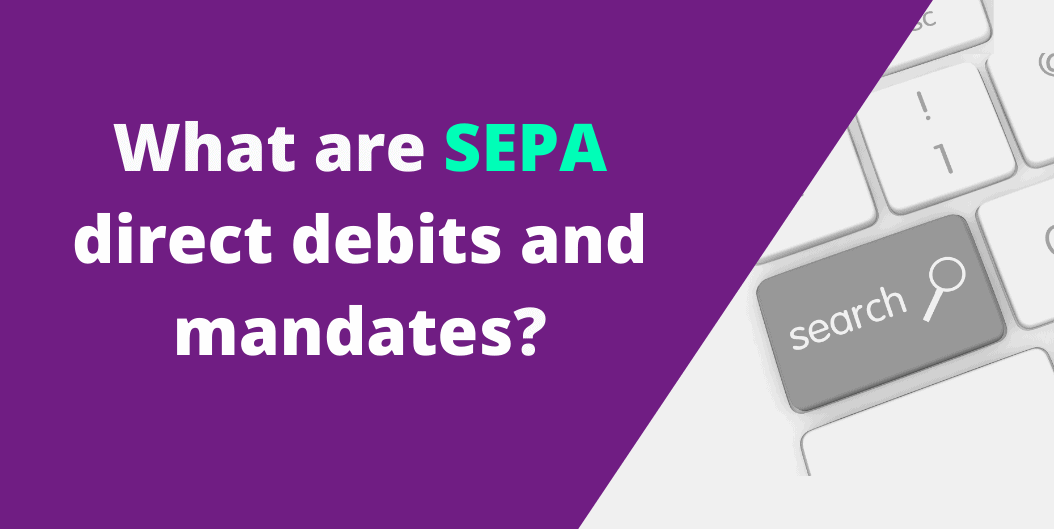In order to explain what SEPA direct debits and mandates are, we must clarify what SEPA is (or Single Euro Payments Area).
This is an initiative of the European Union, whose objective is to facilitate the management of payments and accounts receivable in euros between European and other neighboring countries, making it equally easy to carry out these transactions at a national or international level.
Therfore, SEPA is a set of rules that define how payment and collection information is sent, what information is required and what deadlines must be met. All banks participating in this network must adhere to these rules. Plus, this initiative is constantly being updated, as it undergoes changes approximately once a year.
Now that we have briefly explained what SEPA is all about, we can jump into what SEPA direct debits are.
SEPA direct debits
Basically, a direct debit is a charge that is processed on the debtor’s account by the creditor. That is, someone pays for a product or service provided to a company or entity.
Any debit made within the SEPA area, as long as it is in euros, has to comply with all the requirements of this regulation, following a predefined process applicable to all banks, although it is true that each bank and scheme has its own specifications.
SEPA mandates
So what is a SEPA mandate? A mandate is an authorization, signed by the debtor, which allows the creditor to charge his account. Mandate signing is mandatory in order to be able to charge the customer’s account, but this process must be done only once, and it can be signed digitally.
In this way, the mandate allows not only to collect information from the client, but also to clearly inform the client of his or her rights. If both conditions are not met, the mandate may be declared invalid.
The mandate should always contain:
- Creditor information: name, creditor identifier within the SEPA scheme.
- Debtor information: name and address, IBAN and BIC of your account, signature of the debtor.
- Mandate specific information: unique mandate reference, date of signature, scheme or type of payment (CORE or B2B).
In addition, the mandate should also include comments that indicate to the client that:
- It is a mandate to make SEPA direct debits (both in the title and in the separation of other documents).
- This is an authorization that will allow receiving accounts receivable, as well as the right of reimbursement.
When you work with a high volume of recurring receivables, you can lose a lot of time in dealing with incidents, bank mediation, etc. as well as having to deal with the usual unnecessary bureaucracy of banks.
How can Besepa help you?
Besepa is a technological layer that simplifies the management of companies recurring accounts receivable and the relationship with banks.
Not only does it save you time thanks to the automation of accounts receivable, but it also provides you with more information than banks and in a shorter time, which allows you to improve the tedious bank mediation.
Savings in time by automated response, in the management of subsequent incidents, in mediation , etc. all in a single platform that will allow you to easily manage the collection of payments from your customers.
In addition, it allows you to digitally sign your mandates, so that the pocess is further simplified and accelerated, while complying with all the current regulations.

